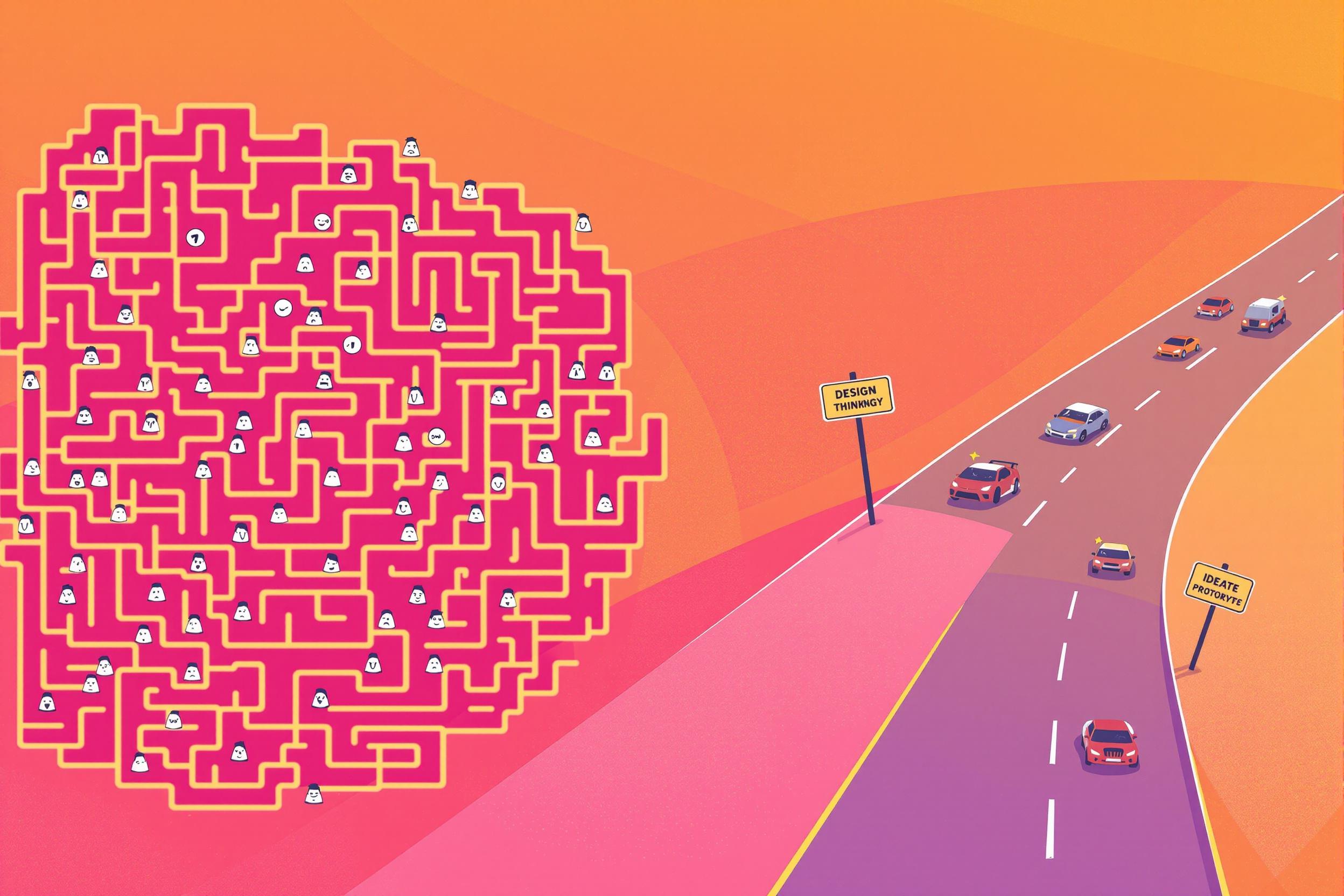
Journey Map
A Journey Map (also known as Customer Journey Map or User Journey Map) is a visual guide that shows how customers interact with a website or app, from start to finish. It's like drawing out a customer's path through a digital space, noting what they do, think, and feel at each step. Designers use these maps to spot problems and make websites or apps more user-friendly. Think of it as a story that follows a customer's experience, helping teams understand where improvements are needed. Similar tools include User Flow Diagrams and Experience Maps.
Examples in Resumes
Created Journey Maps to improve checkout process, resulting in 25% fewer abandoned carts
Developed detailed Customer Journey Maps to identify pain points in user experience
Led workshops to create User Journey Maps for mobile app redesign
Typical job title: "UX Designers"
Also try searching for:
Where to Find UX Designers
Online Communities
Professional Networks
Learning Resources
Example Interview Questions
Senior Level Questions
Q: How do you get stakeholder buy-in for implementing changes based on journey mapping findings?
Expected Answer: Look for answers that show experience in presenting data-driven insights, connecting journey map findings to business goals, and experience leading workshops with stakeholders to build consensus.
Q: Can you describe a time when journey mapping revealed unexpected insights that significantly improved a product?
Expected Answer: Candidate should share a specific example showing how they used journey mapping to identify hidden problems and implement successful solutions, including measurable results.
Mid Level Questions
Q: What methods do you use to gather information for creating journey maps?
Expected Answer: Should mention user interviews, surveys, analytics data, and user testing, showing understanding of both qualitative and quantitative research methods.
Q: How do you incorporate emotional states into journey maps?
Expected Answer: Should explain how they track user feelings and pain points throughout the journey, and how this information helps improve the overall user experience.
Junior Level Questions
Q: What are the key components of a journey map?
Expected Answer: Should mention user actions, thoughts, feelings, touchpoints, and timeline, showing basic understanding of journey map structure.
Q: Why is journey mapping important in the design process?
Expected Answer: Should explain how journey maps help understand user needs, identify problems, and create better user experiences.
Experience Level Indicators
Junior (0-2 years)
- Creating basic journey maps
- Understanding user research principles
- Working with design tools
- Basic user interview skills
Mid (2-5 years)
- Leading user research sessions
- Creating detailed journey maps
- Analyzing user behavior data
- Presenting findings to stakeholders
Senior (5+ years)
- Strategic journey mapping
- Leading cross-functional teams
- Developing research strategies
- Implementing organization-wide changes
Red Flags to Watch For
- No understanding of user research methods
- Cannot explain how journey maps connect to business goals
- Lack of experience with real user feedback
- Unable to demonstrate empathy for user needs
Related Terms
Need more hiring wisdom? Check these out...

Unlocking Team Potential: Personality Mapping for Dynamic Management

Why Your Hiring Process is a Maze (And How Design Thinking Can Turn It into a Superhighway)

Beyond Borders: Mastering the Art of a Global Onboarding Calendar

